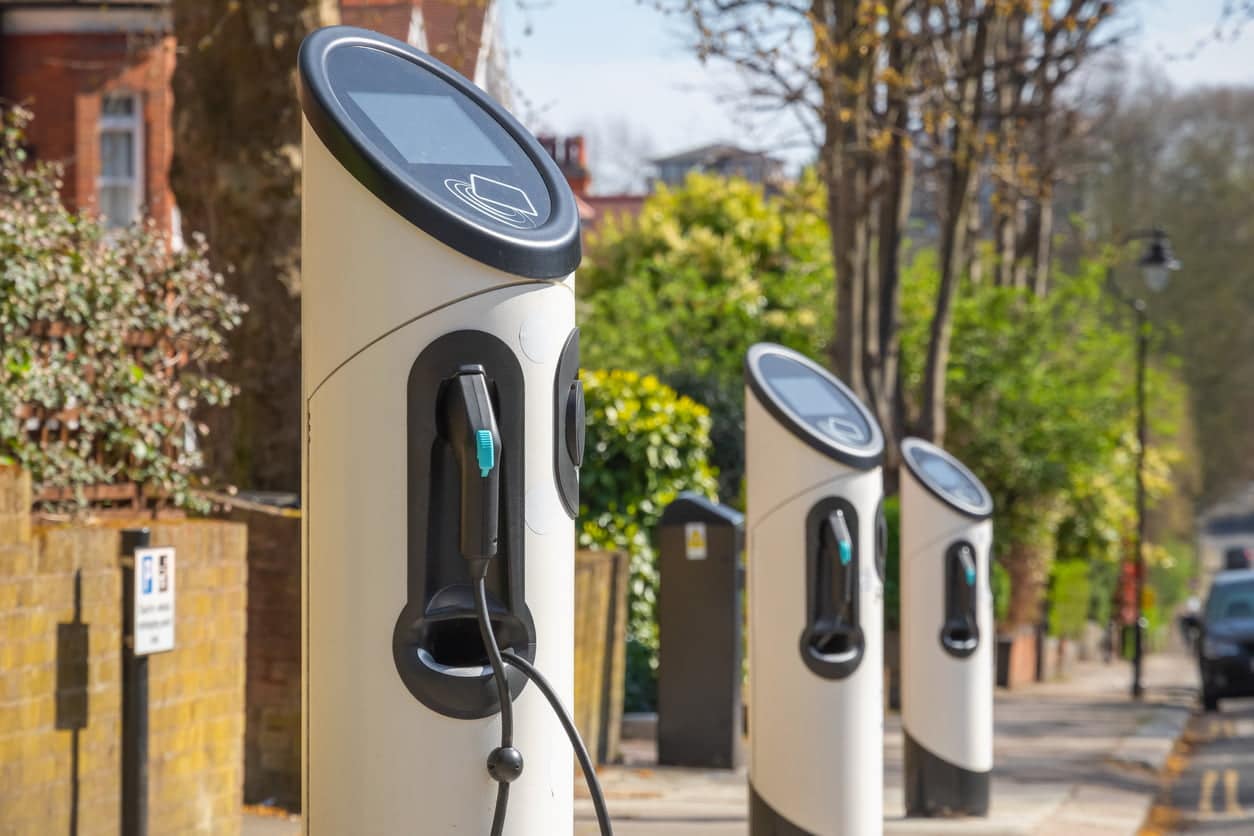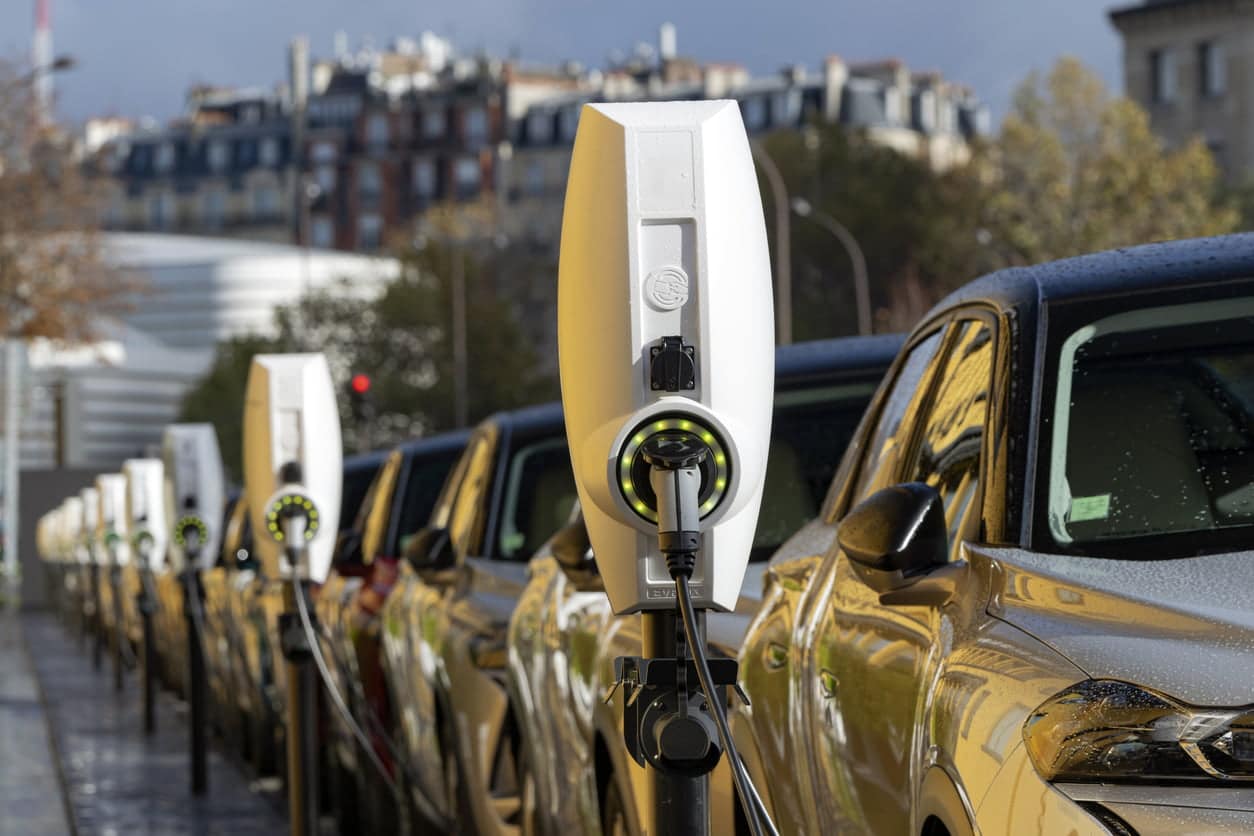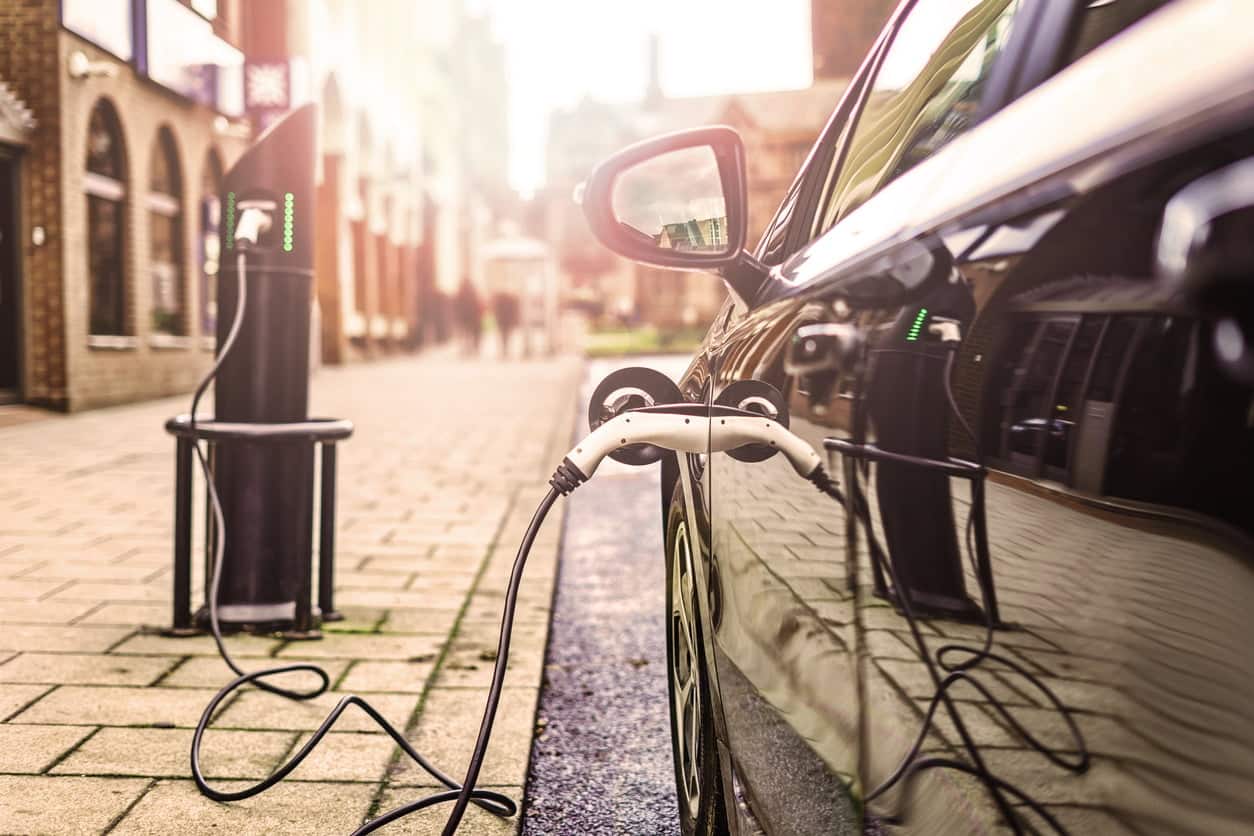[vc_row][vc_column][vc_column_text]Would you be willing to pay £1,500 more for a new petrol or diesel car to subsidise the cost of someone else’s electric vehicle? Well, this is a reality car buyers could face down the road, as the government explores possible ways to accelerate the uptake of EVs.
While electric cars have been around for well over a decade, they remain on the fringes of the mainstream, with UK drivers slow to adopt the new technology. And there are several reasons for this, chief among which is the exorbitant prices electric cars fetch, not to mention the questionable battery life and range.
But with the UK’s 2050 net-zero emissions deadline creeping ever closer, and sales of new petrol and diesel cars set to be banned by 2035, the government is under increasing pressure to expedite the take-up of electric cars – with the proposed ‘feebate scheme’ just one of the strategies put forward as a means of getting Brits to embrace electric.
To help you get to grips with what experts are suggesting, we’ve put together an in-depth guide to the latest proposals, and what could it mean for those thinking of buying a new petrol or diesel car.
What is the ‘Feebate Scheme’?
The ‘feebate scheme’ is a proposal put forward by the Department for Transport, which would make new petrol and diesel cars more expensive in order to subsidise the cost of electric vehicles. It’s hoped that by charging up to £1,500 more for petrol or diesel, and passing this saving on to electric car buyers, more people will be encouraged to buy new EVs.
Under the proposal, outlined in a recent DoT report, the price of petrol and diesel cars would increase by £500-£1,500, depending on engine capacity and economy figures. This additional cost would then be fed into a subsidies pot, with significant savings available on the price of new electric cars.

Summarising the merits of a feebate scheme, a spokesperson from the Department of Transport said: “A feebate would be a major policy announcement, but one which we feel has the potential for high impact if done right. By applying only to new cars, it avoids being regressive, and is therefore one of the more promising incentive options.”
Currently, those in the market for an EV can already benefit from generous government EV take-up schemes, including the Plug-In Car Grant, which offers up to £3,000 towards new electric cars. Should the feebate scheme be introduced, those hoping to buy an EV could stand to save thousands on the cost of a new car.
How Likely is it that the Feebate Scheme Will be Introduced?
The Department for Transport published its report on EV adoption to gauge response to its proposals, and so far, the feebate scheme has been met with widespread criticism from both consumers and the motor industry.
While many people, both drivers and carmakers, are open to greater EV adoption, many see the feebate scheme as a negative approach that penalises consumers. Speaking to This Is Money about the proposals, Mike Hawes, chief executive of the Society of Motor Manufacturers and Traders, commented:
“We need positive measures, not those that penalise consumers who cannot yet afford the latest electric technology, do not have adequate charging facilities, or for whom driving requirements are not suited to electrification.”
Given the backlash that the government’s feebate scheme has received, it’s unlikely to be unveiled in its current form. However, with news that the 2035 deadline for the ban on petrol, diesel and hybrid car sales could be brought forward by another five years (to 2030), radical steps may be needed to boost EV take-up over the next decade.

So, while drivers thinking of buying a new petrol or diesel car can relax for the time being, it may not be long before additional fees, designed to subsidise EVs, begin creeping into the equation.
What Other Proposals Has the DoT Put Forward to Boost EV Adoption?
While it certainly grabbed the headlines, the feebate scheme wasn’t the only proposal to come out of the DoT’s EV adoption report. A range of other measures are being looked at alongside the subsidies scheme, including:
- Branding electricity as ‘free fuel’ – the DoT is looking at ways to market EVs as a cost-effective long-term solution, playing on the idea that people can essentially fill up their cars for free.
- All fuel stations must have fast charging points – aside from cost, one of the main reasons for the slow uptake in EVs has been the perceived lack of charging points. Increasing charging infrastructure is top of the agenda for the DoT, and it hopes to roll out charging ports to all UK fuel stations in the coming years.
- Increased awareness and information on EVs – the government is taking active steps towards building awareness of the merits of electric vehicles, working with car comparison sites and the motor industry to increase EV visibility.
While electric cars are becoming more common on UK roads, there’s still a long way to go until they’re a go-to purchase for the average car buyer. With prices remaining high for EVs and most people still lacking the appropriate charging technology at home, we can expect to see the government taking radical steps towards pushing all-electric cars in the coming years.

What are your thoughts on the DoT’s plans and proposals to boost EV adoption? Would you be happy to spend more for a new petrol or diesel car? And which proposals would make you most likely to invest in an electric car? We’d love to hear your thoughts, so join the conversation over at the Redex Club Facebook group page.
Whatever car you drive, Redex is here to help you take care of your engine. Our innovative fuel additives and system cleaners work to keep your car running at its best, for optimum performance and fuel efficiency. For more information, and our complete product range, visit the homepage.[/vc_column_text][/vc_column][/vc_row][vc_row][vc_column][vc_basic_grid post_type=”post” max_items=”4″ element_width=”6″ grid_id=”vc_gid:1606821246253-a511374b-a137-2″ taxonomies=”91, 27, 193″][/vc_column][/vc_row]
